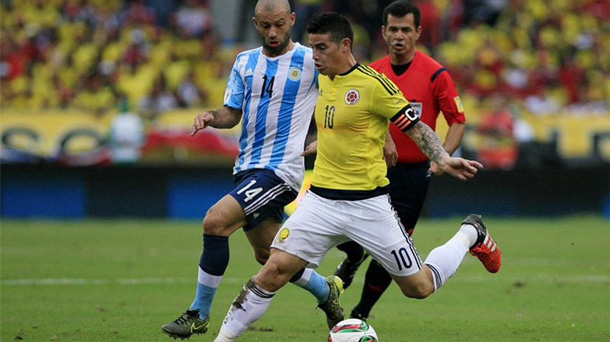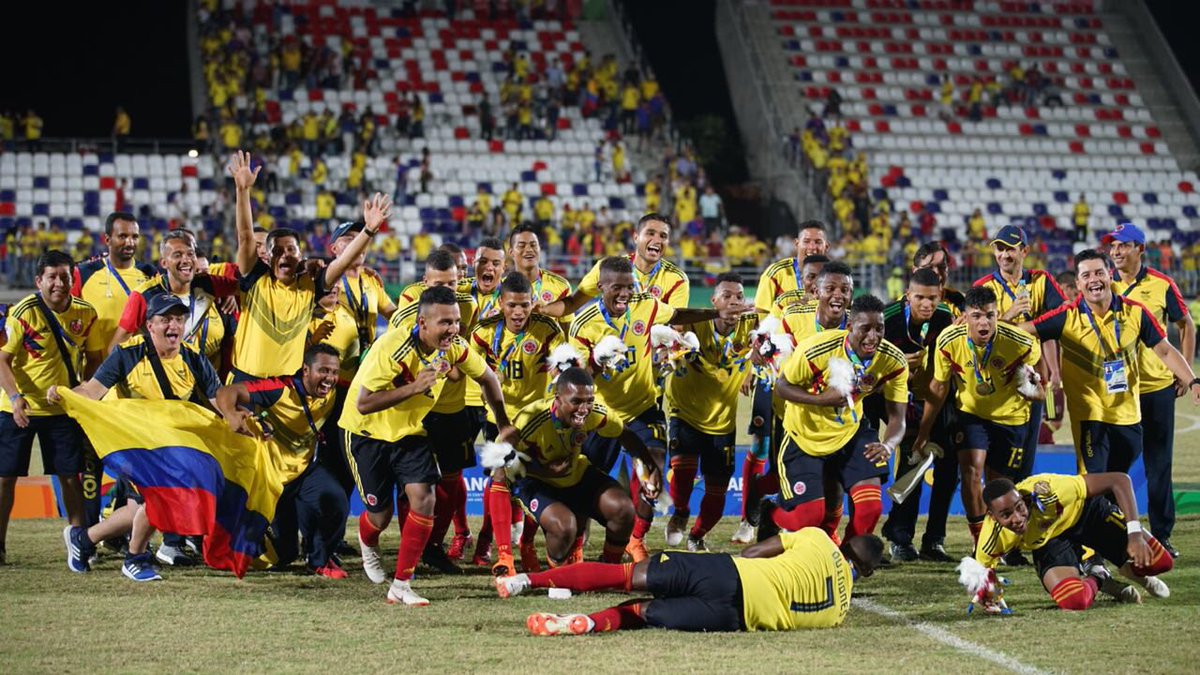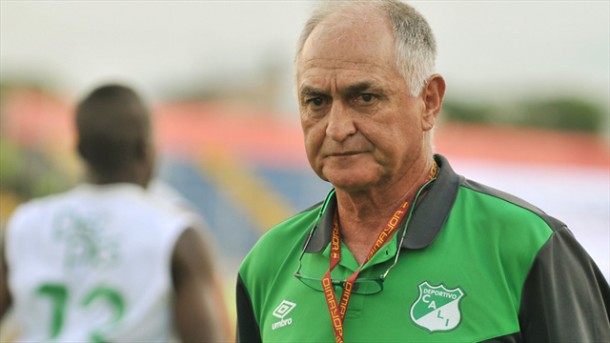Last week Catalina Castaño bade farewell to her tennis-playing days with an exhibition match in Medellin
The 35-year-old from Pereira had played professional tennis for more than 15 years, reaching a career high of number 35 on the World Tennis Association (WTA) ranking, before she was diagnosed with breast cancer in March 2014. After a 10-month battle she recovered completely and is back on the tennis court, but now in a new role.
Castaño’s passion for tennis didn’t start completely out of the blue: “My dad played tennis in a club and during the holidays we couldn’t really go out, so he took me and my sister there. The only things they had were swimming, which we really didn’t like, tennis and bowling. So we started playing tennis in our holidays. At one point a trainer invited me to a tournament in Cali, I decided to go and I won the tournament so from then on I started to take it seriously”.
She soon became one of the best South American tennis players of her time, reaching the final 16 in several Masters Tournaments and recording back-to-back victories over top-20 players. “I reached the second round in all grand slams except for Wimbledon”. She adds laughing: “Just the thought of having to go down so deep in my knees and completely change the way I played literally made me ill. It always gave me the flu.”
Catalina played some top players in her career and remembers the matches well: “Playing against the at-that-moment world number one Martina Hingis was an experience. Also, I never really understood why people were saying that playing on centre court in the US open was so different, but…” She adds with a touch of humor, “After I played Serena Williams on that stage I understood. What a noise from the crowd! I once played the then 47-year-old Martina Navratilova – record holder of most titles in open era – in Wimbledon and she thrashed me 6-0 6-1, unfortunately it was all over the news.”
The top player also holds good memories of Bogota: “I always liked to play this tournament, I really loved the crowd, the support of the fans and I made it to the quarter-finals or better seven times in a row.
“In the last years the results weren’t that good and I lost my sponsor so I decided to focus more on the doubles and that went well. With Mariana Duque-Mariño I won a WTA tournament in Sweden but then last year came the shock; I was diagnosed with breast cancer. That was a very difficult time, but my faith in God helped me through. I was grateful that I had a lot of help from my family, my friends and people from Colombia and all over the world.”
“Another challenge was the financial side of being ill. In my career I built up some debts to support my career, to have the best equipment and I suddenly couldn’t work anymore. And the costs of living change, I tried alternative medicine and your diet changes drastically, so I applied for financial support from the WTA and Coldeportes. From Coldeportes I haven’t received anything but I am very grateful to the WTA for helping me out financially.”
Castaño doesn’t have a clear idea of what the future will bring after a farewell tour, but she has a clear philosophy: “Now I am living from day to day, I try to enjoy the small things in life, things that before the cancer I didn’t always pay attention to. I love playing with the kids on court and at the moment I am the captain of Colombia’s women’s tennis team and training young Colombian talents Sofía Múnera and María Fernanda Herazo. I have obtained a lot of experience in professional tennis and I hope I can use that to help young talents.”
Although Castaño finished her professional career, she hasn’t completely waved goodbye to the tennis court and will surely be spotted on the sidelines, putting her skills to use training a new generation of Colombian players.
By Freek Huigen






